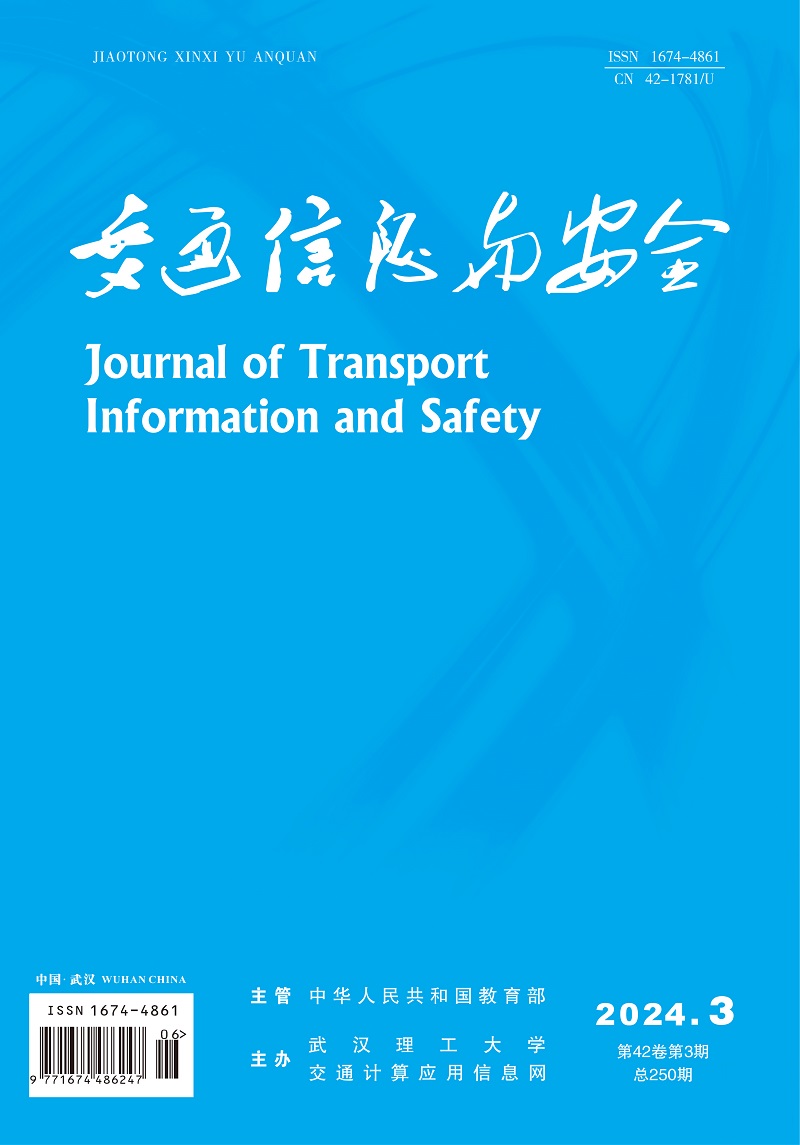Abstract:
To identify contributing factors and their heterogeneity effects onto accident severity at sharp curve sections of mountainous highway, fifteen potential factors are selected from the following areas including driver, vehicle, road, and environment conditions based on the data from 1 067 accidents on a two-lane highway in mountain areas. Then, a binary Logit model, and a random parameters binary Logit model are used to analyze severity of three typical types of accidents including rear-end, head-on, and side collision. Results show that there are significant differences in the effect of impact factors on crash severity of three types of accidents at sharp curve sections as follows: ①For rear-end collisions, the significant variables of crash severity are motorcycle, night, cornering, age of drivers, and different seasons. Motorcycle and winter are heterogeneous influence factors obeying a normal distribution with a mean value of 2.716 and -1.495, a variance of 1.564 and 2.116. The probability of resulting in a casualty accident is 95.72% and 23.58%, respectively. ②For head-on collisions, the significant variables of crash severity are truck, motorcycle, overtaking of drivers, curve corners, and curve lengths in turn. The probability of casualty accidents with the truck increases by 108.8%. The motorcycle and curve lengths are heterogeneous influencing factors obeying a normal distribution, with a mean value of 6.941 and -0.004, a variance of 9.901 and 0.003. Consequently, the probability of casualty accident is 76.11% and 9.18%, respectively. ③For side collisions, the significant variables of crash severity are motorcycle, age of drivers, and corner with entrance in turn. The motorcycle and corner with entrance are heterogeneous influencing factors obeying a normal distribution, with a mean value of 5.211 and -1.408, and a variance of 5.111 and 2.146. Consequently, the probability of casualty accident is 88.87% and 25.47%, respectively. ④Compared with the traditional binomial Logit models, the accuracy of the random parameter binary Logit models for predicting crash severity of the rear-end, head-on, and side collision are increased by 2.85%, 4.15%, and 6.76%, respectively. With the proposed model, the heterogeneous effects of several factors can be quantitatively captured, and therefore, it can be used for improved severity analysis of road accidents.


